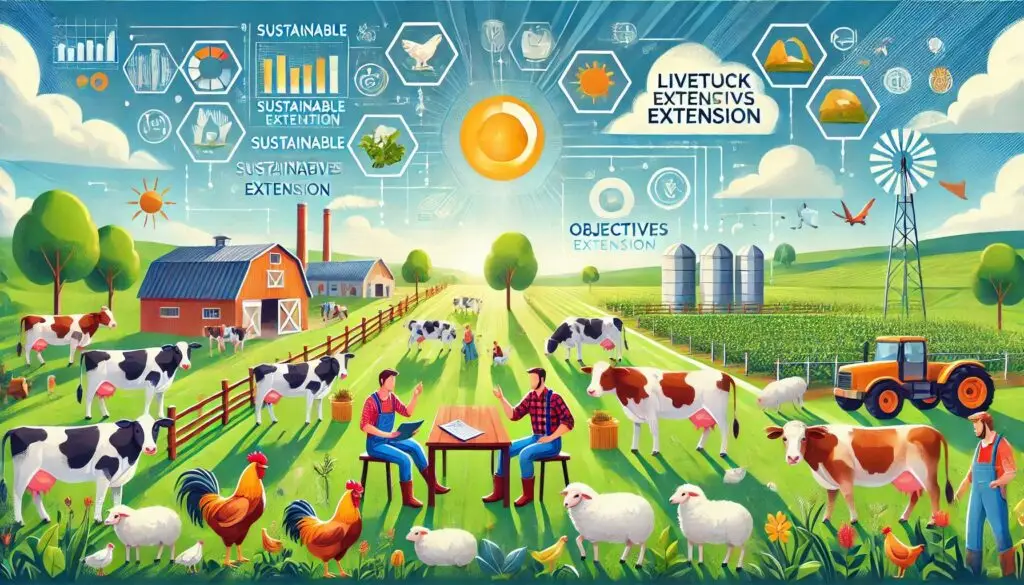Extension Teaching Channels

Audience Characteristics
Individual and Collective Differences
The characteristics of the target audience are crucial when selecting extension teaching channels. Farmers come from diverse backgrounds, which affects how they engage with different methods.
- Educational Background: Farmers with higher education levels may prefer written resources or online content. In contrast, those with lower educational attainment often benefit more from personal visits or hands-on demonstrations. According to FAO, tailoring methods to suit audience needs enhances learning outcomes.
Adoption Categories
Farmers can be classified based on their readiness to adopt new practices. This classification includes innovators, early adopters, early majority, late majority, and laggards. Understanding these categories helps extension workers choose suitable methods. For example, innovators may engage well with new technologies, while laggards may require more traditional approaches.
Communication Media Availability
The availability of communication channels significantly influences the choice of extension teaching methods. Regions with access to various media can leverage them effectively for outreach.
Types of Communication Media
- Radio: In many rural areas, radio remains a vital source of information. Programs tailored for farmers can provide timely advice on best practices.
- Television: Visual content can enhance understanding. Educational programs on agriculture broadcasted on television can reach a wide audience.
- Internet: With increasing internet access, online platforms offer vast resources for learning. Websites like AgWeb provide articles and videos on agricultural practices.
- Print Media: Brochures and pamphlets remain effective in areas with limited access to digital media. They provide concise information that farmers can refer to at their convenience.
By assessing the available communication media in their region, extension workers can select the most effective channels for their audience.
Cost Considerations
Relative Cost of Methods
Cost is a significant factor when choosing extension teaching channels. Extension workers must consider both financial implications and potential benefits.
- Budget Constraints: Limited budgets may restrict the use of certain methods. For instance, organizing large workshops might be costly compared to smaller group meetings or one-on-one sessions.
- Cost-Benefit Analysis: Extension workers should conduct a cost-benefit analysis to determine which methods yield the highest return on investment in terms of knowledge transfer and behavior change.
Method Combination and Sequence
Using a combination of methods often leads to better learning outcomes than relying on a single approach.
Combination of Methods
Research indicates that exposure to multiple teaching methods increases engagement and retention (source: Extension Foundation). For example:
- Demonstrations: Hands-on demonstrations allow farmers to see techniques in action.
- Group Discussions: Facilitating discussions encourages knowledge sharing among peers.
- Follow-Up Visits: Personal follow-ups reinforce learning and address any questions or concerns.
Proper Sequence
The order in which methods are employed can enhance learning experiences. For instance:
- Start with a demonstration.
- Follow up with group discussions.
- Provide written materials for further reading.
This sequence allows learners to see practical applications before diving deeper into theory.
Extension Worker’s Skills
The skills and familiarity of extension workers with various teaching methods significantly influence their effectiveness.
Continuous Improvement
Extension workers should engage in professional development to enhance their skills. Workshops and training sessions can introduce new techniques and tools for effective outreach (source: National Institute of Food and Agriculture).
Adaptability
Being adaptable is crucial for extension workers. They must tailor their approaches based on audience feedback and changing circumstances. Flexibility enables them to respond effectively to diverse learner needs.
Learning Environment
The physical and psychological environment where learning occurs affects engagement levels among participants.
Creating a Conducive Environment
A supportive learning environment includes:
- Comfortable seating arrangements.
- Adequate lighting.
- Minimal distractions.
These factors help create an atmosphere conducive to learning (source: University of Minnesota).
Evaluation and Feedback
Continuous evaluation is essential for refining extension strategies over time.
Importance of Feedback
Feedback from participants provides valuable insights into what works and what doesn’t. Extension workers should regularly solicit input through surveys or informal discussions after training sessions (source: American Society of Agronomy).
Adapting Strategies
Based on feedback, extension programs should adapt strategies to better meet audience needs. This iterative process ensures that educational outreach remains relevant and effective.
Conclusion
In conclusion, several factors influence the choice of extension teaching channels in agricultural education. By understanding audience characteristics, communication media availability, cost considerations, method combinations, worker skills, learning environments, and evaluation processes, extension workers can enhance their outreach efforts significantly.
More From Extension Education:




Responses